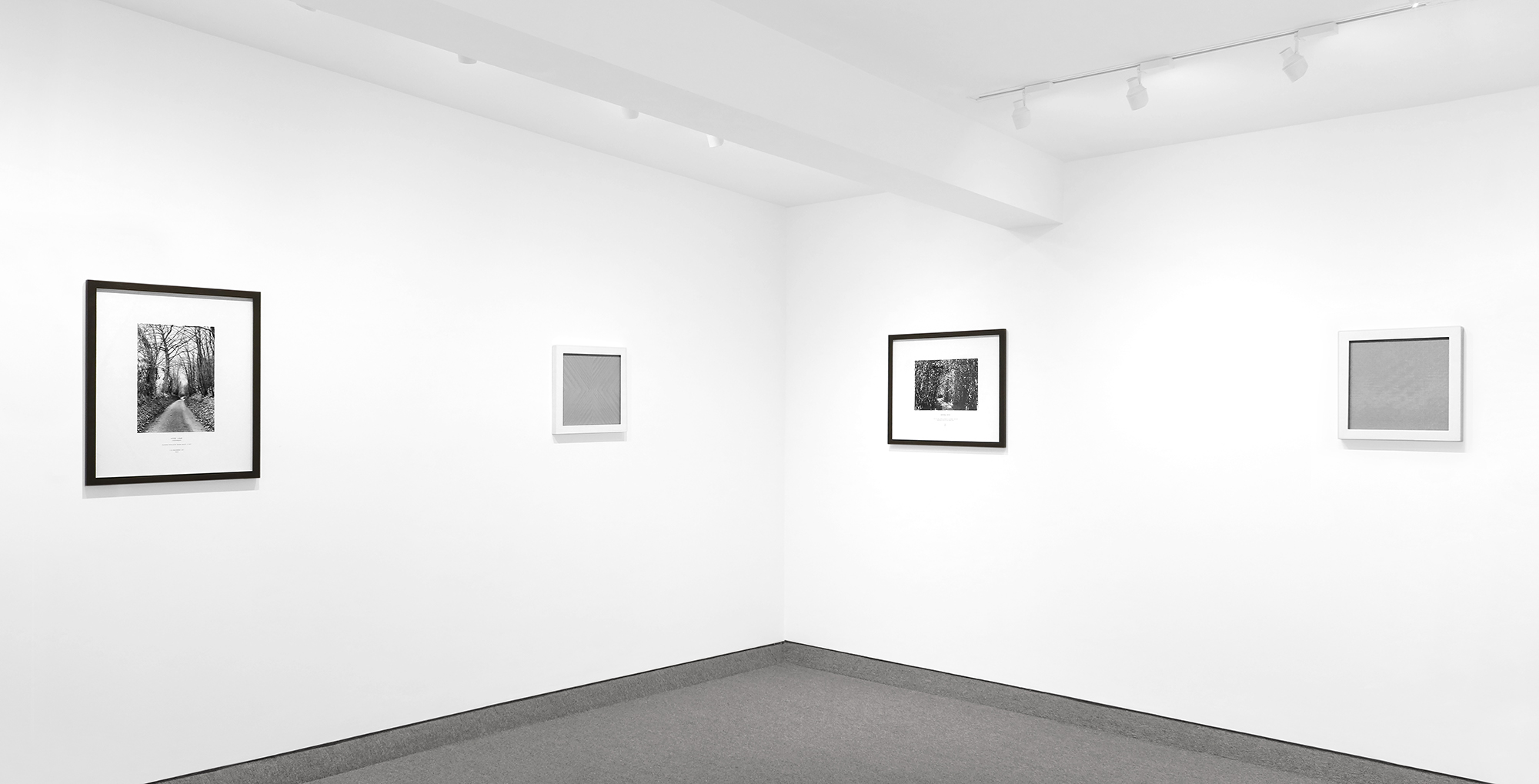
The current exhibition of Tara Donovan’s and Hamish Fulton’s works juxtaposes two different approaches to art-making. A viewer can recognize not just similar aesthetic preferences, but also how each artist creates pieces that engage a poetic approach to windows. For Donovan, it is the material used for window screens and for Fulton a window/bridge to understanding he walk he has completed.
HAMISH FULTON
“As an artist, I cannot imagine making only walks and no art. But of the two, walking is the most important.”
—Hamish Fulton
Born in London in 1946, Hamish Fulton sets out on foot and makes his art by taking walks. This art is more of sensation than object. The physical involvement of walking creates a receptiveness to the landscape where Fulton feels that walking on the land helps him to be woven into nature.
Fulton states:
• The character of a walk cannot be predicted.
• A walk is practical not theoretical.
• A physically demanding walk is more rewarding than a walk not about exertion and both are of equal importance.
• My art has been influenced by a variety of friends, and by the walking peoples of the world from all periods of history – native American culture – Himalayan art – Wester mountaineers and Japanese Haiku poets.
• I would prefer to walk for one week, rather than ride around in a vehicle touring anywhere for six months.
Fulton presents to the public sculptures, drawings, wall-pieces and, most famously, texts combined with photographs. As for the reason for the texts accompanying the photographs, Fulton states, “All my walk texts are true. If they were not the only person I could cheat would be myself. I have chosen to record my walks out of respect for their existences. The texts are facts for the walker and fiction for everyone else. Walking into distance, beyond imagination.”
Fulton’s photo/text presentations forge a relationship with those people who have not walked the same routes. The imagery is static, the text is defined, but what that connection a viewer makes (aka what sort of “path” a viewer takes from/with the connection) is entirely open-ended, much like Fulton’s statement that “the artworks are controlled – but the walks can be wild.”
TARA DONOVAN
“I’ve always been interested in exploring the moment where the conditional relationship of part to whole breaks down. When investigating materials, I look for certain physical traits that can somehow be activated outside the material or object itself.”
—Tara Donovan
For twenty-five years, Tara Donovan has created large-scale installations, sculptures, drawings, and prints that utilize everyday objects to explore the transformative effects of accumulation and aggregation. Known for her commitment to an exploratory process, Donovan has earned acclaim for her creativity in identifying, using, and expanding the usually overlooked inherent properties of modest, mass-produced goods, in order to transform it into work that generates astounding perceptual phenomena and challenge a viewer’s visual and physical comprehension.
The current exhibition brings together “screen drawings” made with aluminum insect screen. For these works, which Donovan began creating during the pandemic, she moves, pinches, and cuts the wires of aluminum screen to extract ethereal patterns from the material’s existing grids. These works feature unique geometric motifs that vary in their legibility from a distance and, even upon close inspection, require detailed observation to comprehend both depth and surface conditions. Donovan’s “screen drawings” indulge in the variable possibilities that exist within a defined system. In her work across mediums, the artist obscures and breaks down her chosen material, from screens to paper plates to buttons, without obliterating its fundamental essence.
Donovan earned an MFA from Virginia Commonwealth University in 1999 and shortly thereafter, she obtained her first major museum solo exhibition at the Corcoran Gallery of Art’s Hemicycle Gallery in Washington, D.C. A year later, she participated in the Whitney Museum of American Art’s biennial. Within a short amount of time, Donovan devoted herself to a string of solo projects at distinguished museums, including the Museum of Contemporary Art Cleveland (2003), UCLA’s Hammer Museum (2004), the Berkeley Art Museum (2006), and the Metropolitan Museum of Art, New York (2007), among others. Her first major survey exhibition was at the Institute of Contemporary Art, Boston, in 2008 and was followed by other solo projects at the Indianapolis Museum of Art (2010), Milwaukee Art Museum (2012), Louisiana Museum of Modern Art, Humlebæk, Denmark (2013), Arp Museum Bahnhof Rolandseck, Remagen, Germany (2014), Parrish Museum, Watermill, New York (2015), Jupiter Artland, Edinburgh, Scotland (2015), Museum of Contemporary Art Denver, Colorado (2018), and the Smart Museum of Art, University of Chicago, Illinois (2019). In addition, Donovan’s many accolades include the prestigious MacArthur Foundation “Genius” Award and the Calder Prize.
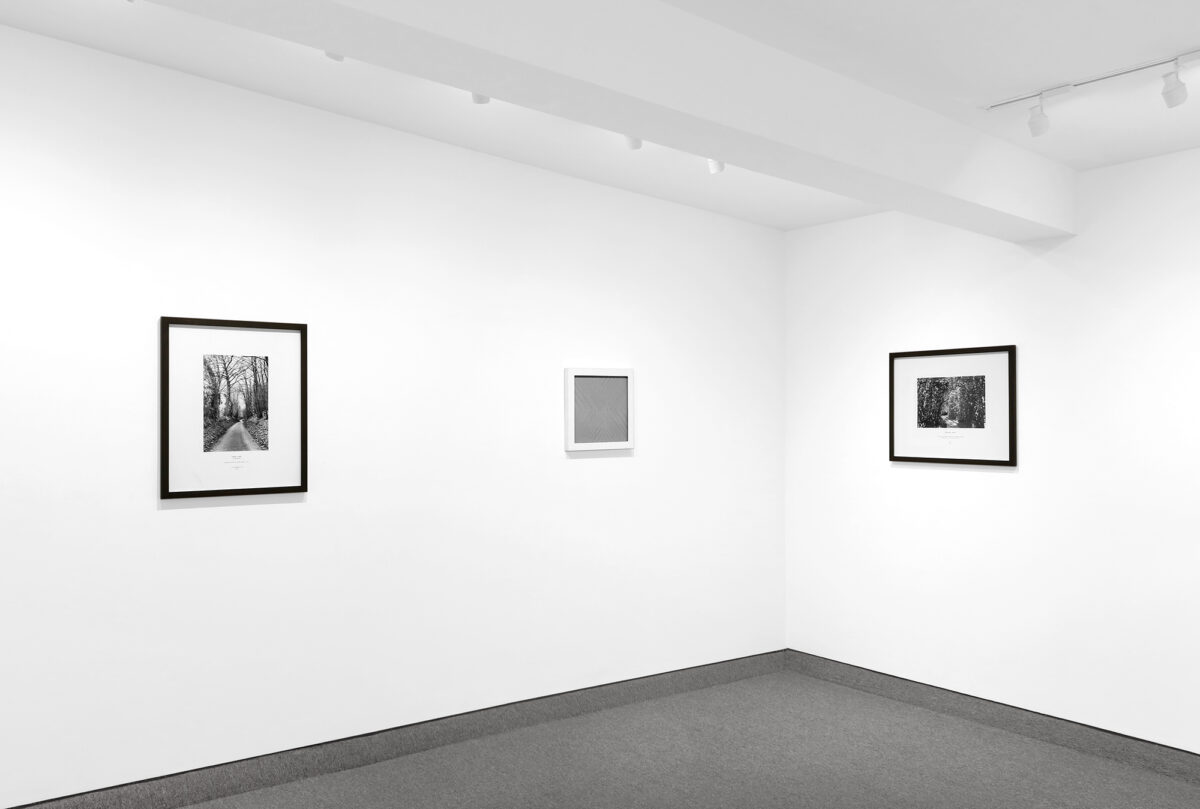
Edition of 50
Image size: 9 5/8 x 14 3/8 inches (24.5 x 36.5 cm)
Paper size: 19 5/8 x 24 7/8 inches (50 x 63 cm)
Frame size: 26 1/4 x 21 3/8 inches (66.7 x 54.3 cm)
Signed and numbered ‘Hamish Fulton 48’ on a label affixed to the reverse
Text reads: Hode Lane Canterbury / Running non-stop seven miles a day / 7-13 December 1971 / Kent
(Inventory #33566)
Edition of 50
Image size: 9 5/8 x 14 3/8 inches (24.5 x 36.5 cm)
Paper size: 19 5/8 x 24 7/8 inches (50 x 63 cm)
Frame size: 26 1/4 x 21 3/8 inches (66.7 x 54.3 cm)
Signed and numbered ‘Hamish Fulton 48’ on a label affixed to the reverse
Text reads: Hode Lane Canterbury / Running non-stop seven miles a day / 7-13 December 1971 / Kent
(Inventory #33566)

15 1/2 x 15 1/2 x 1 1/4 inches (39.4 x 39.4 x 3.2 cm)
Signed on accompanying certificate
(Inventory #35609)
15 1/2 x 15 1/2 x 1 1/4 inches (39.4 x 39.4 x 3.2 cm)
Signed on accompanying certificate
(Inventory #35609)
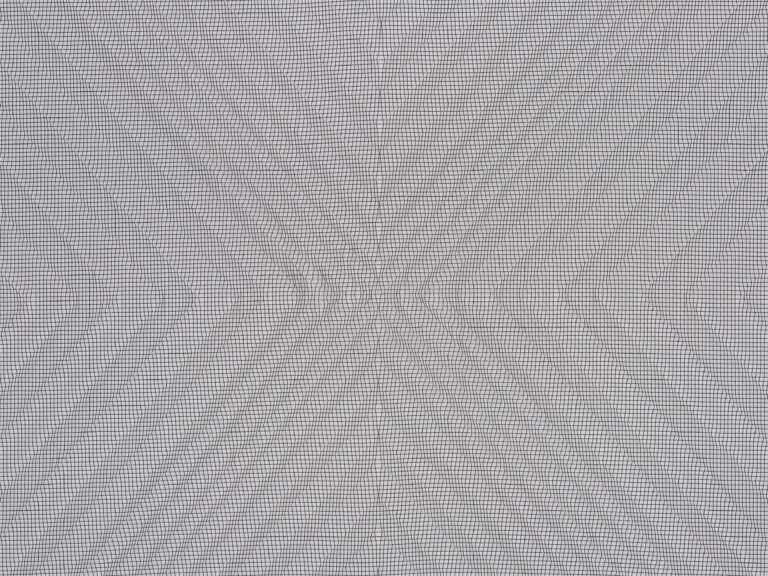
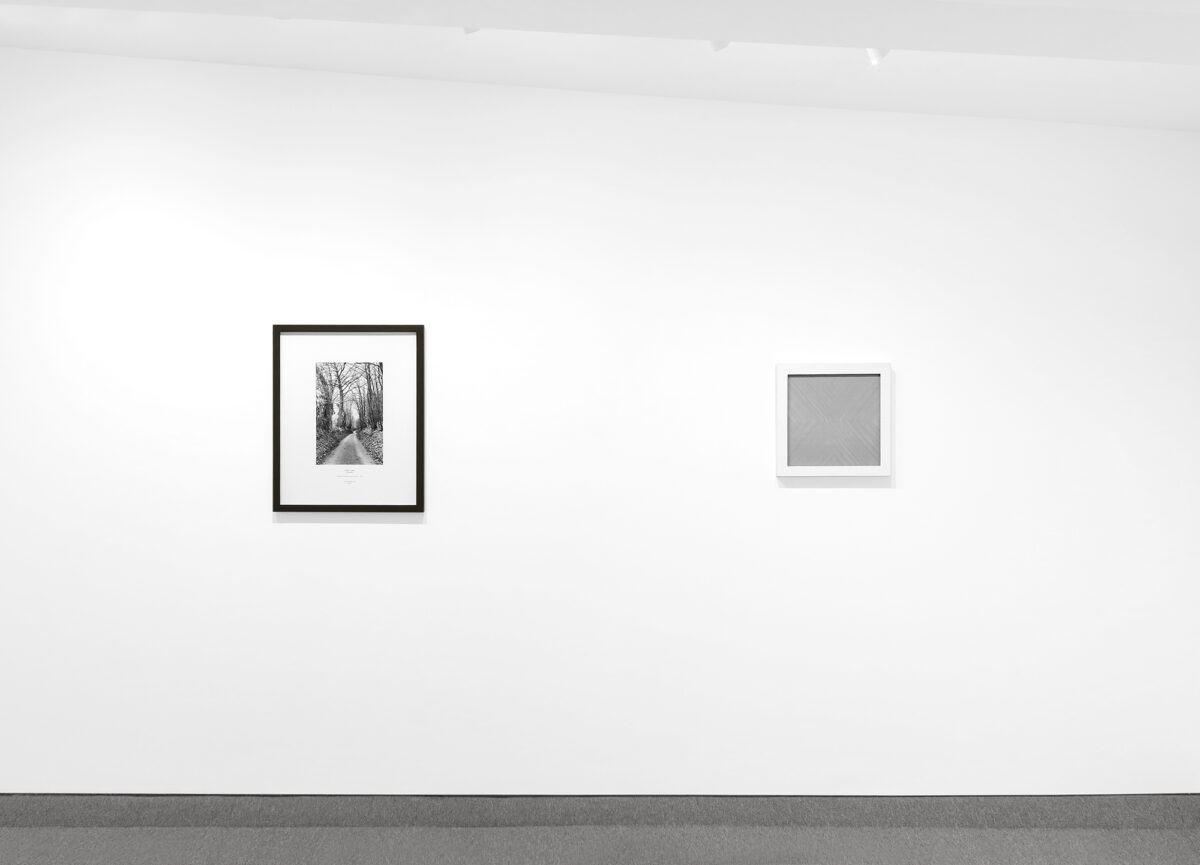
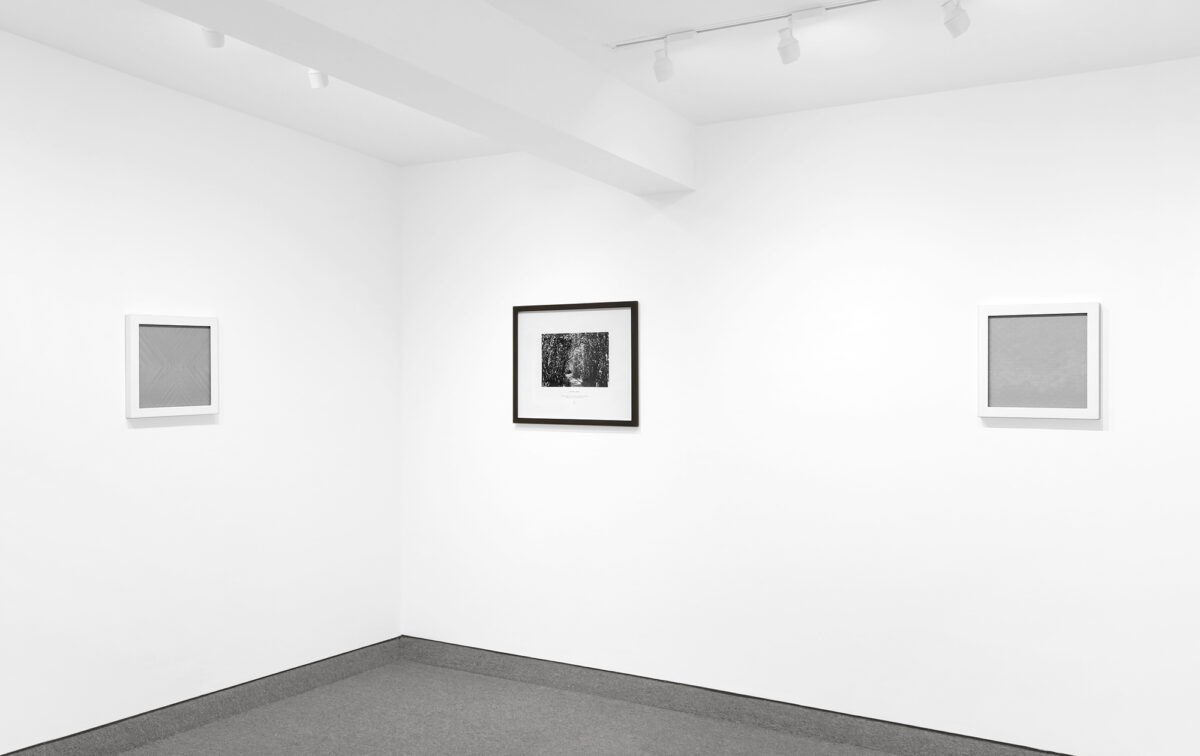
Edition of 50
Image size: 14 3/8 x 9 5/8 inches (36.5 x 24.5 cm)
Paper size: 24 7/8 x 19 5/8 inches (63 x 50 cm)
Frame size: 21 1/4 x 26 1/4 inches (54 x 66.7 cm)
Signed and numbered ‘Hamish Fulton 48’ on a label affixed to the reverse
Text reads: Whitehall Wood / A two day walk from Saltwood to Canterbury and back traveling by way of the Roman road / 1972 / Kent
(Inventory #33567)
Edition of 50
Image size: 14 3/8 x 9 5/8 inches (36.5 x 24.5 cm)
Paper size: 24 7/8 x 19 5/8 inches (63 x 50 cm)
Frame size: 21 1/4 x 26 1/4 inches (54 x 66.7 cm)
Signed and numbered ‘Hamish Fulton 48’ on a label affixed to the reverse
Text reads: Whitehall Wood / A two day walk from Saltwood to Canterbury and back traveling by way of the Roman road / 1972 / Kent
(Inventory #33567)
15 1/2 x 15 1/2 x 1 1/4 inches (39.4 x 39.4 x 3.2 cm)
Signed on accompanying certificate
(Inventory #35611)
15 1/2 x 15 1/2 x 1 1/4 inches (39.4 x 39.4 x 3.2 cm)
Signed on accompanying certificate
(Inventory #35611)
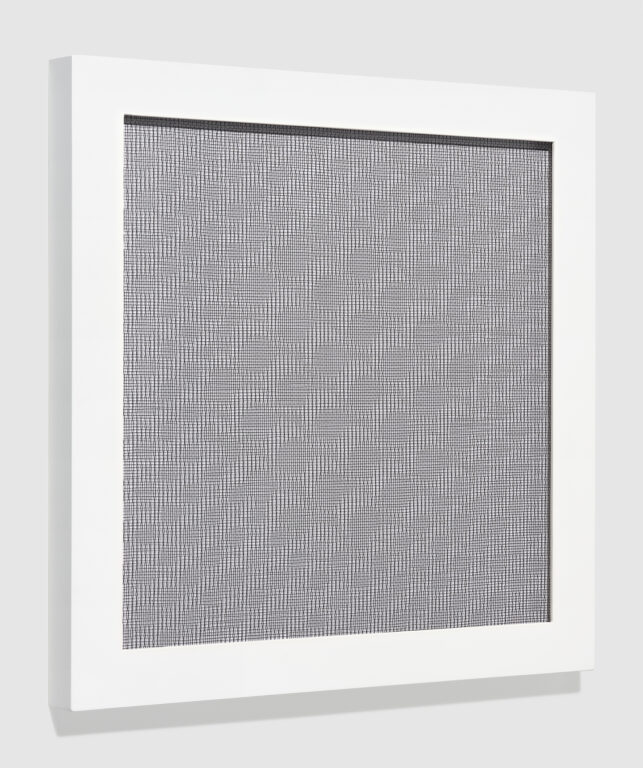
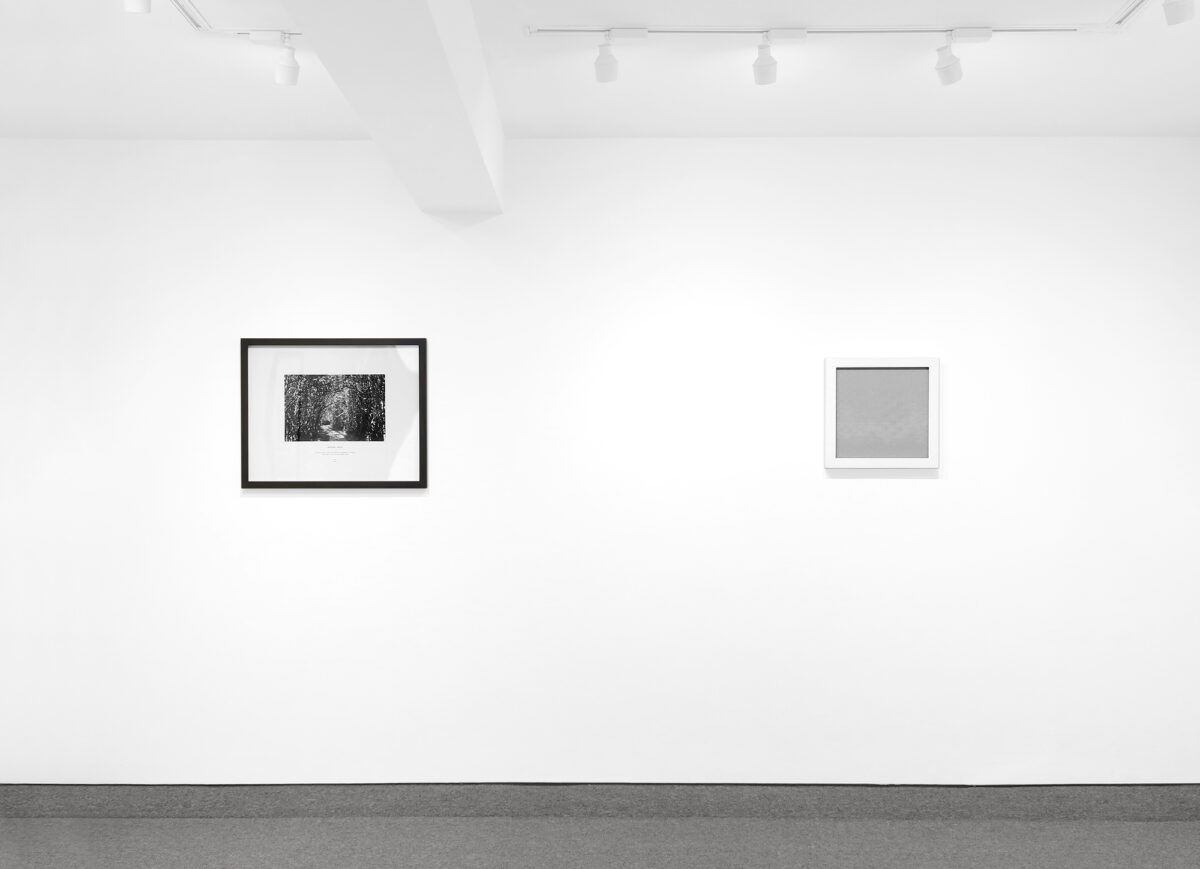
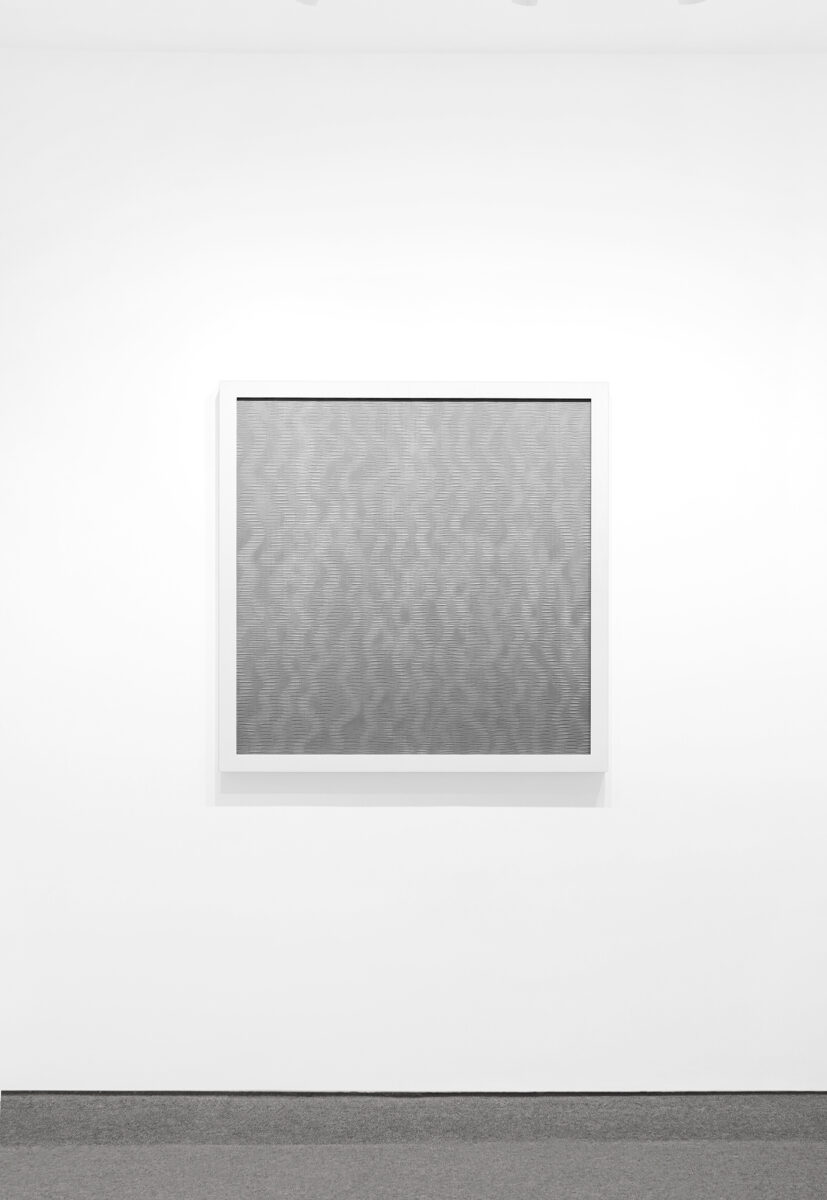
39 1/2 x 39 1/2 x 1 7/8 inches (100.3 x 100.3 x 4.8 cm)
Signed on accompanying certificate
(Inventory #35612)
39 1/2 x 39 1/2 x 1 7/8 inches (100.3 x 100.3 x 4.8 cm)
Signed on accompanying certificate
(Inventory #35612)
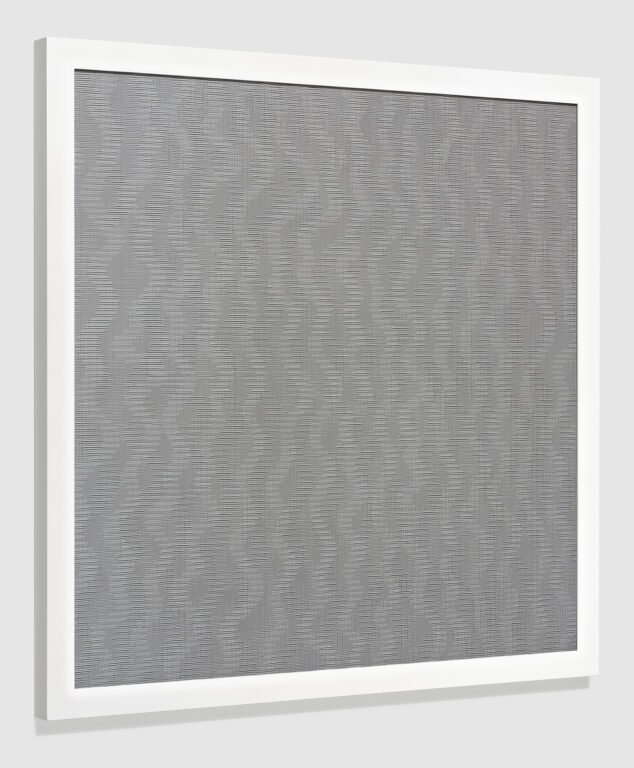
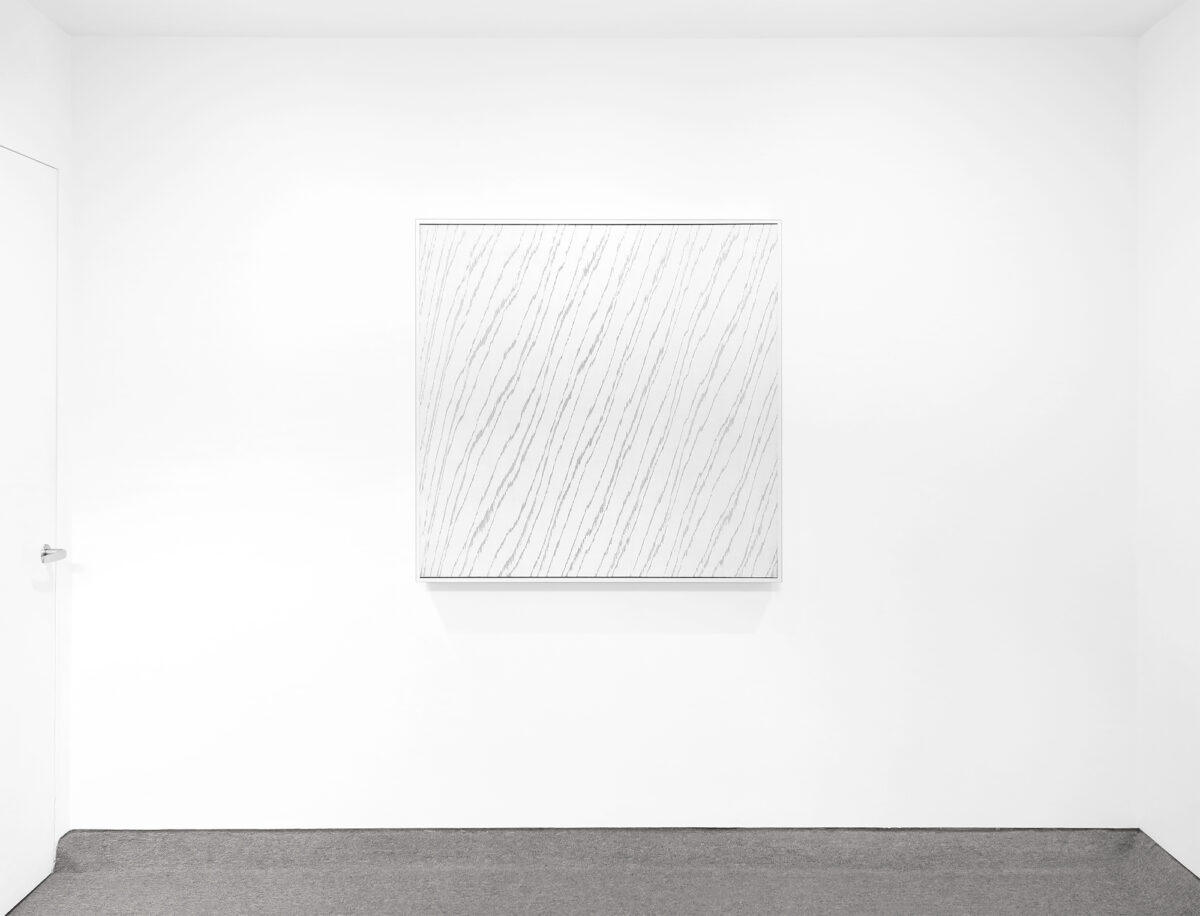
43 1/4 x 43 1/4 x 4 inches (109.9 x 109.9 x 10.2 cm)
Signed on accompanied certificate
(Inventory #34350)
43 1/4 x 43 1/4 x 4 inches (109.9 x 109.9 x 10.2 cm)
Signed on accompanied certificate
(Inventory #34350)
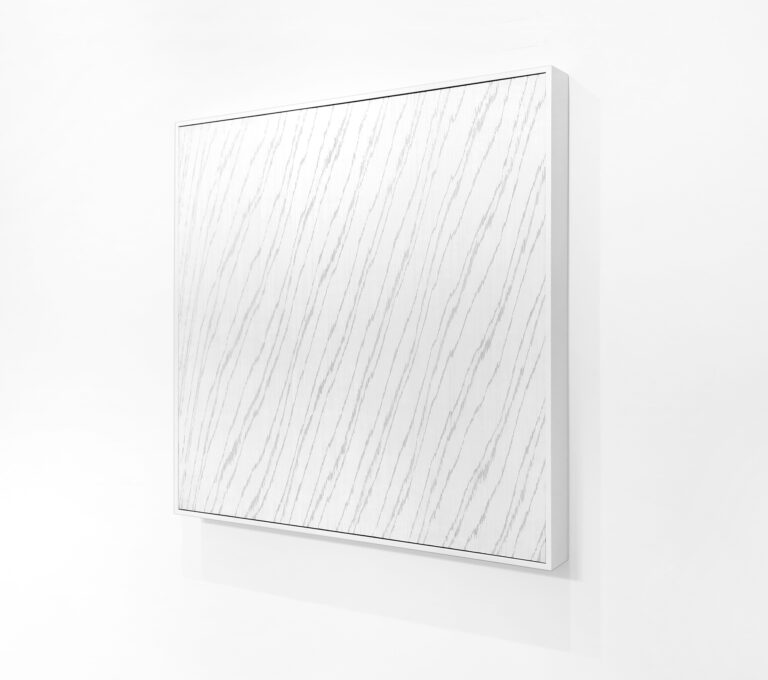
Edition of 50
Image size: 9 5/8 x 14 3/8 inches (24.5 x 36.5 cm)
Paper size: 19 5/8 x 24 7/8 inches (50 x 63 cm)
Frame size: 21 1/2 x 26 3/8 inches (54.6 x 67 cm)
Signed and numbered ‘Hamish Fulton 48’ on a label affixed to the reverse
Text reads: Circular Walks / 1972-1975 / Slaybrook Wood / Kent
(Inventory #33569)
Edition of 50
Image size: 9 5/8 x 14 3/8 inches (24.5 x 36.5 cm)
Paper size: 19 5/8 x 24 7/8 inches (50 x 63 cm)
Frame size: 21 1/2 x 26 3/8 inches (54.6 x 67 cm)
Signed and numbered ‘Hamish Fulton 48’ on a label affixed to the reverse
Text reads: Circular Walks / 1972-1975 / Slaybrook Wood / Kent
(Inventory #33569)
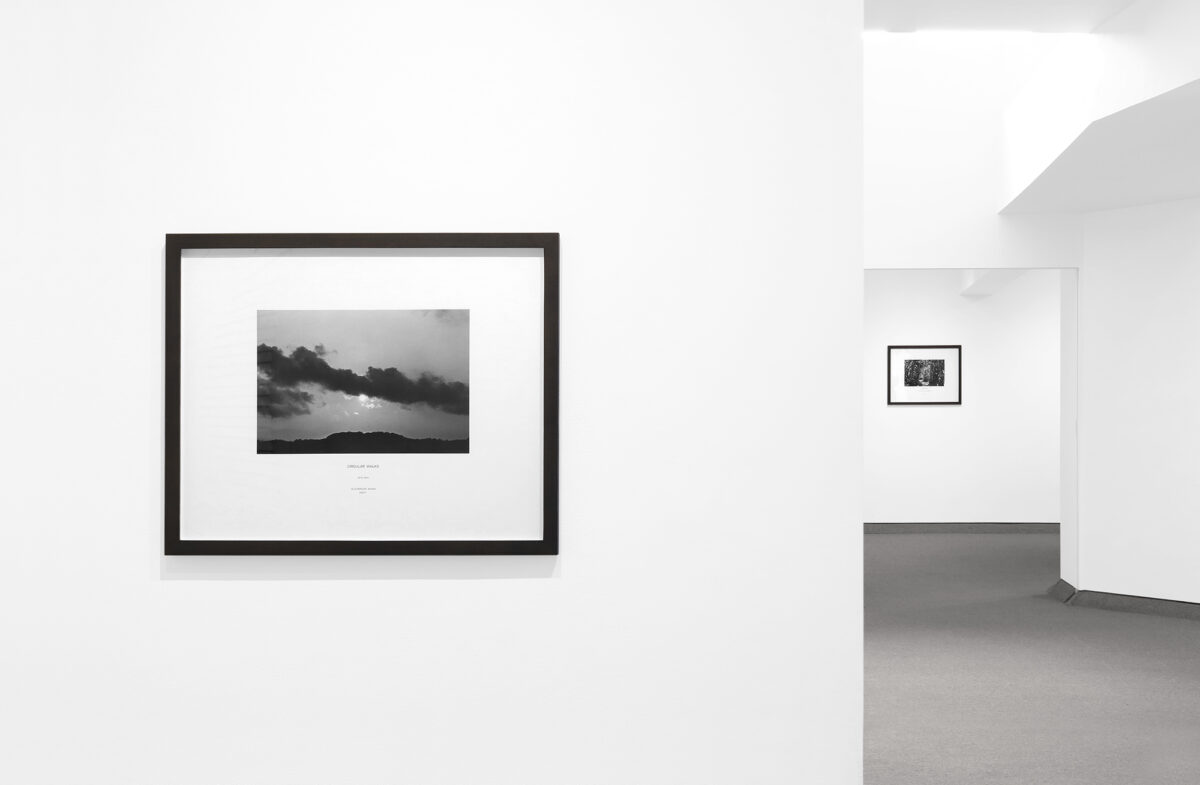
Image size: 14 3/8 x 9 5/8 inches (36.5 x 24.5 cm)
Paper size: 24 7/8 x 19 5/8 inches (63 x 50 cm)
Frame size: 26 1/2 x 21 1/4 inches (67.3 x 54 cm)
Edition of 50
Signed and numbered ‘Hamish Fulton 48’ on a label affixed to the reverse
Text reads: Landmark / A 19 mile walk from the white cliffs of Dover to Saltwood by way of Brockmans Mount / 1974 / Kent
(Inventory #33568)
Image size: 14 3/8 x 9 5/8 inches (36.5 x 24.5 cm)
Paper size: 24 7/8 x 19 5/8 inches (63 x 50 cm)
Frame size: 26 1/2 x 21 1/4 inches (67.3 x 54 cm)
Edition of 50
Signed and numbered ‘Hamish Fulton 48’ on a label affixed to the reverse
Text reads: Landmark / A 19 mile walk from the white cliffs of Dover to Saltwood by way of Brockmans Mount / 1974 / Kent
(Inventory #33568)
10 Newbury Street, Boston, Massachusetts 02116
617-262-4490 | info@krakowwitkingallery.com
The gallery is free and open to the public Tuesday – Saturday, 10am – 5:30pm